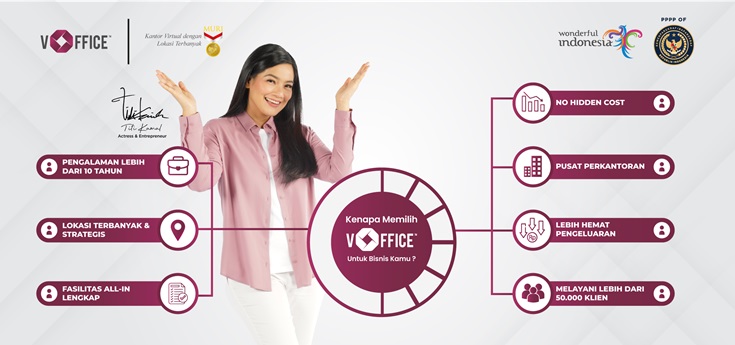A combined tax invoice is an efficient solution for Taxable Entrepreneurs (PKP) when reporting VAT for multiple transactions that occur within the same calendar month with the same buyer. It helps simplify tax administration while still complying with applicable regulations.
In practice, recurring transactions—such as multiple purchases of goods or services within a month—do not require a separate tax invoice for each instance. A single combined invoice at the end of the month will suffice. However, this is only allowed under specific conditions.
What is a Combined Tax Invoice?
A combined tax invoice is a type of invoice issued by a PKP to record multiple taxable deliveries of goods (BKP) or services (JKP) to the same buyer within a single calendar month. This provision is regulated under Director General of Taxes Regulation No. PER-03/PJ/2022.
Example Scenario:
A company sells goods to a regular customer five times during June. Instead of issuing five separate invoices, the company may issue a single combined tax invoice at the end of the month for all transactions.
Read Also: Virtual Office Tax Regulations in Indonesia: A Complete Guide
Requirements for Issuing a Combined Tax Invoice
To be valid and accepted by the Directorate General of Taxes (DJP), a combined tax invoice must meet several conditions, including:
- Transactions must occur within the same month
- The buyer must be the same entity (same NPWP)
- The PKP must maintain detailed daily transaction records
- The invoice must be created at the end of the month and issued via e-Faktur
If any of these conditions are not met, the PKP is required to issue a separate tax invoice for each transaction.
Benefits of Using Combined Tax Invoices
- Time and cost efficiency: Only one invoice per buyer per month
- Administrative ease: Reduces documentation workload
- Minimizes input errors: Data is compiled at once and better controlled
- Ideal for regular B2B businesses: Such as distributors, manufacturers, or subscription services
Challenges in Using Combined Tax Invoices
Despite the advantages, using combined tax invoices comes with challenges:
- Accurate and organized daily transaction management
- Discipline in recording and reporting
- Risk of penalties if the issuance deadline is missed
For this reason, many PKPs opt to use digital accounting and tax software to streamline the process.
Combined tax invoices are a smart way for PKPs to efficiently manage recurring transactions without violating DJP regulations. However, disciplined transaction recording is still mandatory. For optimal results, use digital solutions that support e-Faktur and automated reporting.
If you need assistance with tax matters, you can rely on vOffice’s tax consultancy services. Our team can assist you with all your tax needs, including:
- Accounting services, financial report creation, and tax reporting
- Payroll Management Services
- PKP Registration Services in Jakarta and surrounding areas
Get a FREE consultation now and enjoy special offers
FAQ About Combined Tax Invoices
Can a combined tax invoice be issued before the end of the month?
No. Combined tax invoices can only be issued after all transactions in the month have occurred—usually at the end of the month.
Do all transactions need to be recorded even if they will be combined?
Yes. Every transaction must be recorded in detail, as they will be consolidated in the combined invoice.
Is it mandatory to issue a combined tax invoice?
No, it’s optional—but more efficient for recurring transactions with the same buyer.
What are the risks of not issuing a tax invoice on time?
The PKP may face administrative penalties according to tax regulations if the invoice is issued late.










